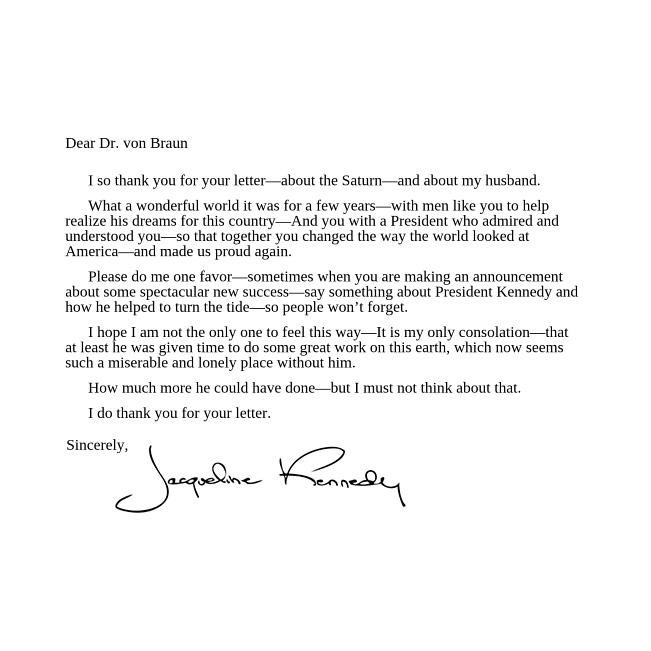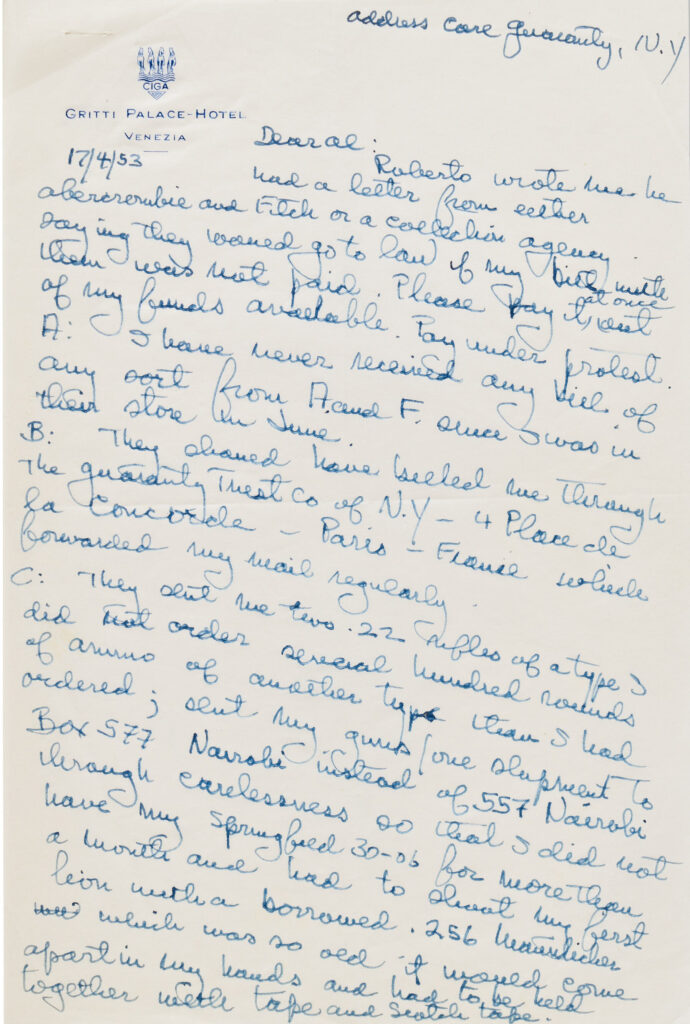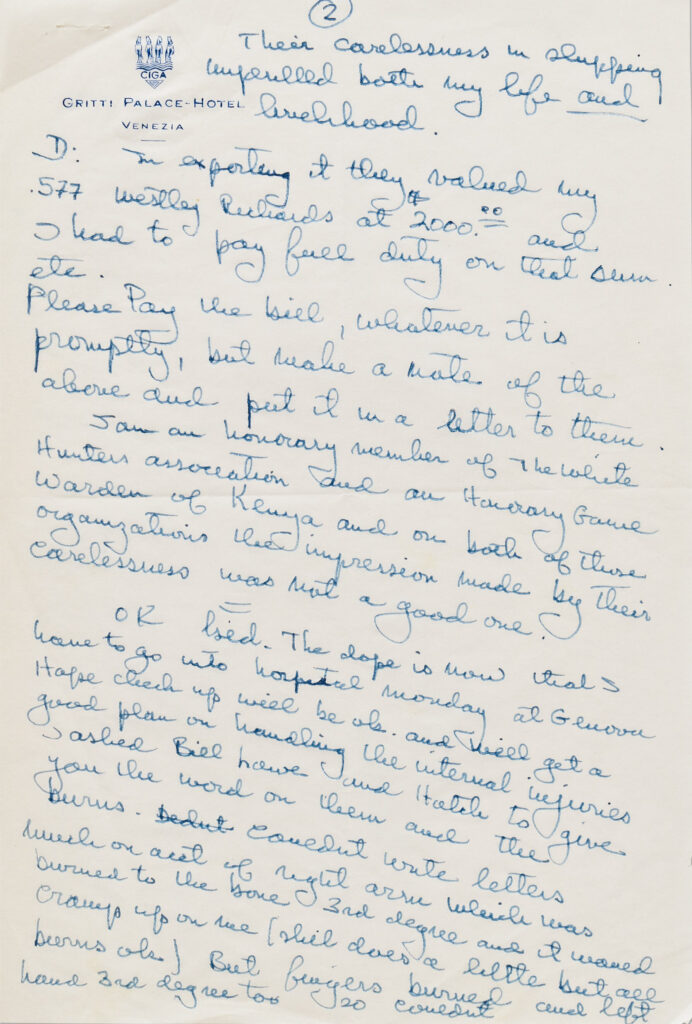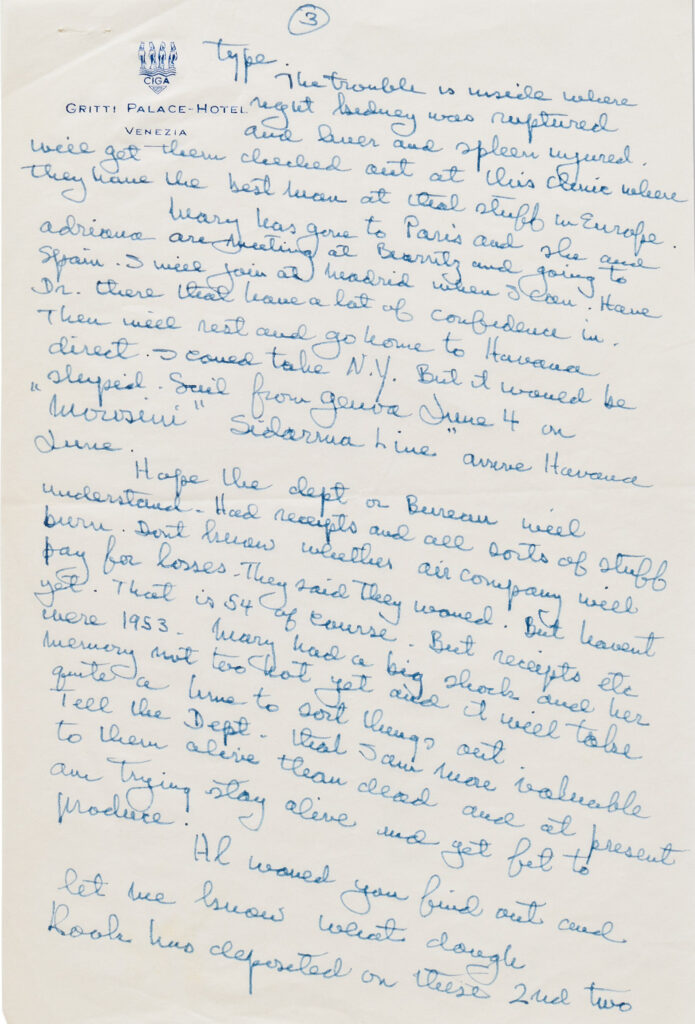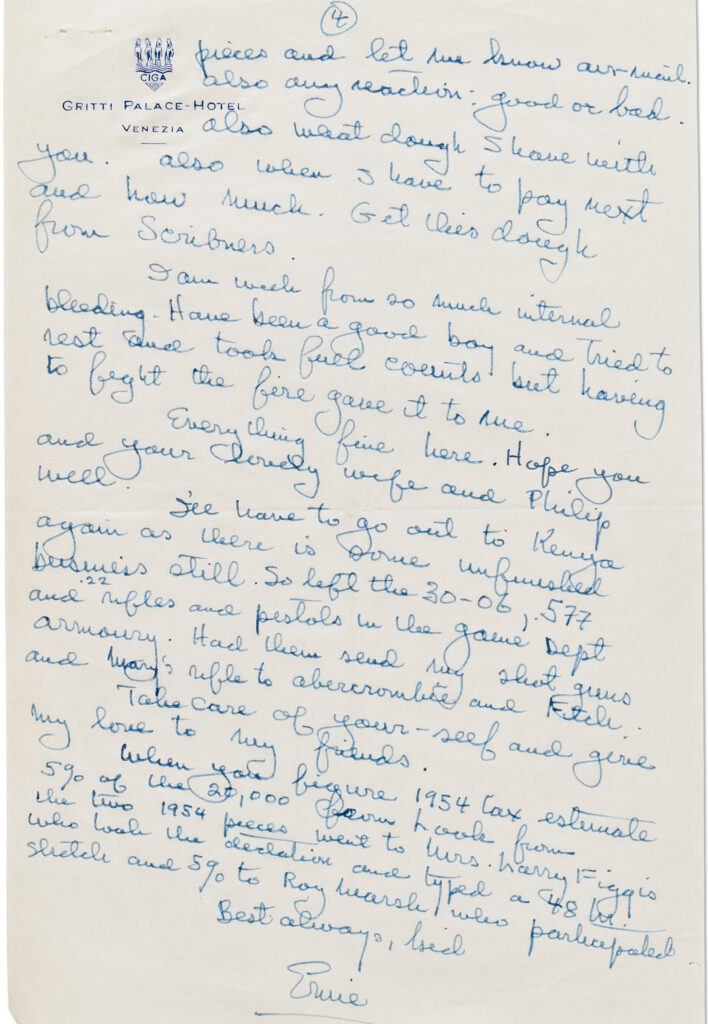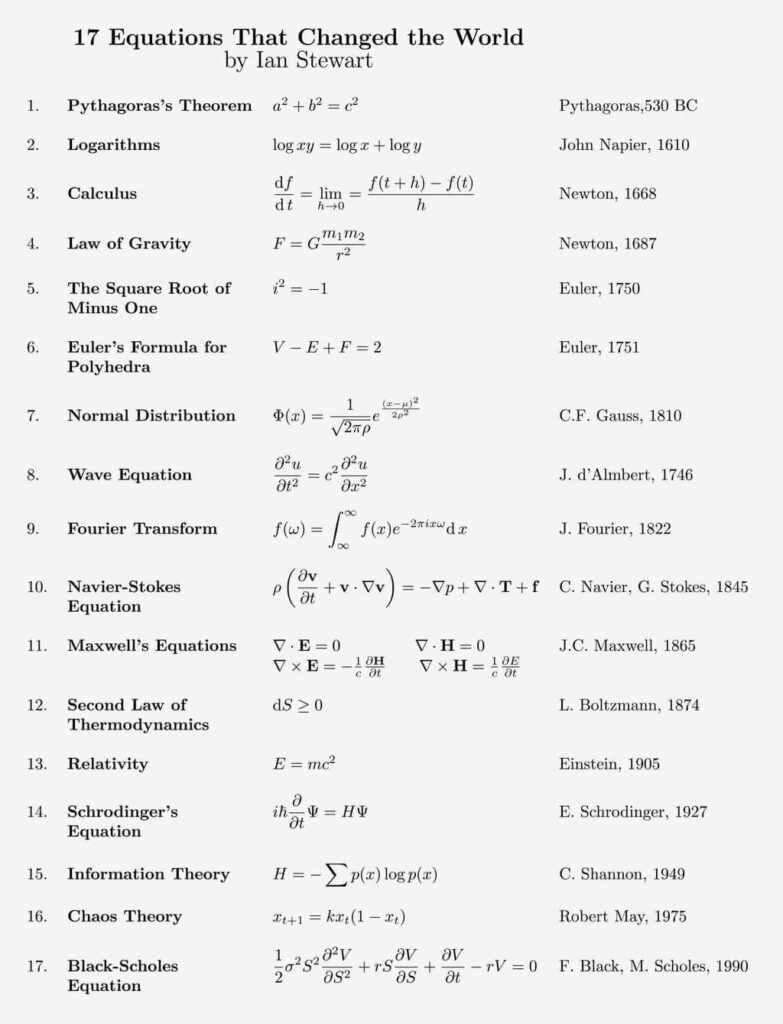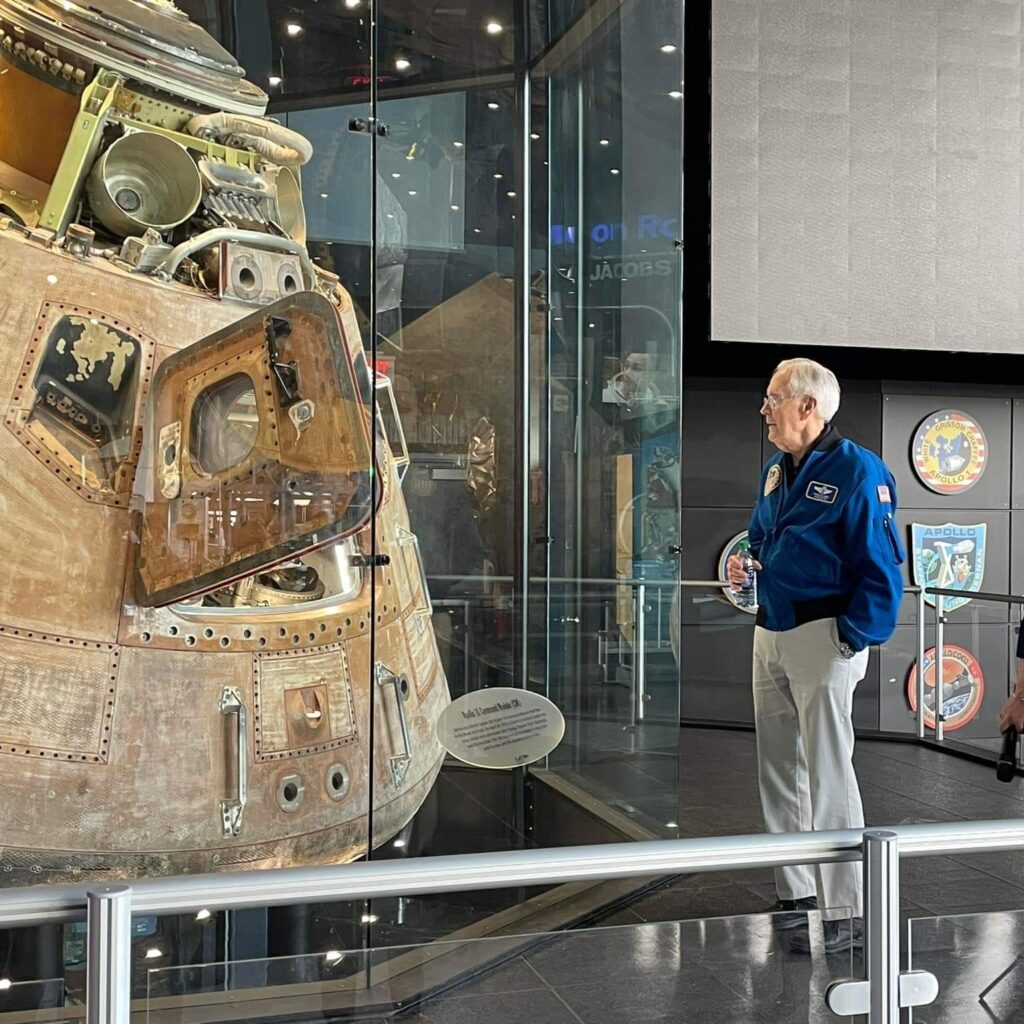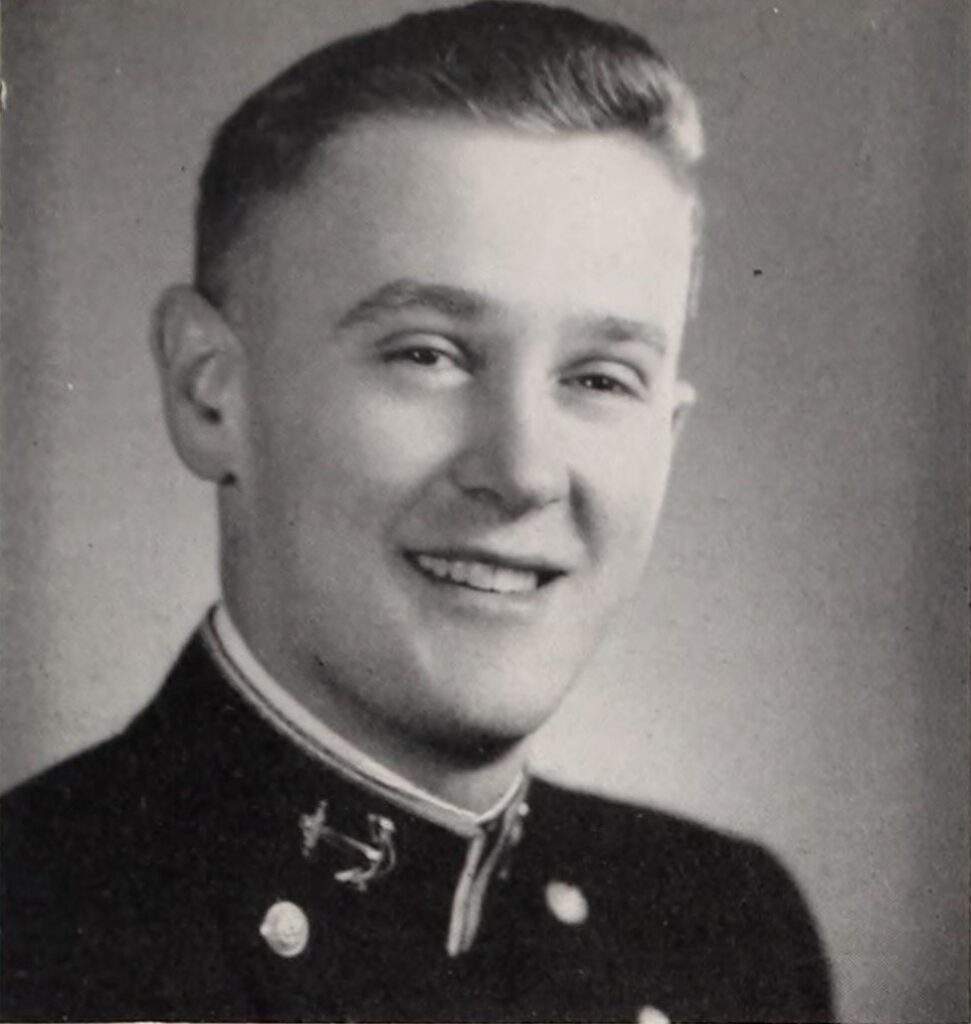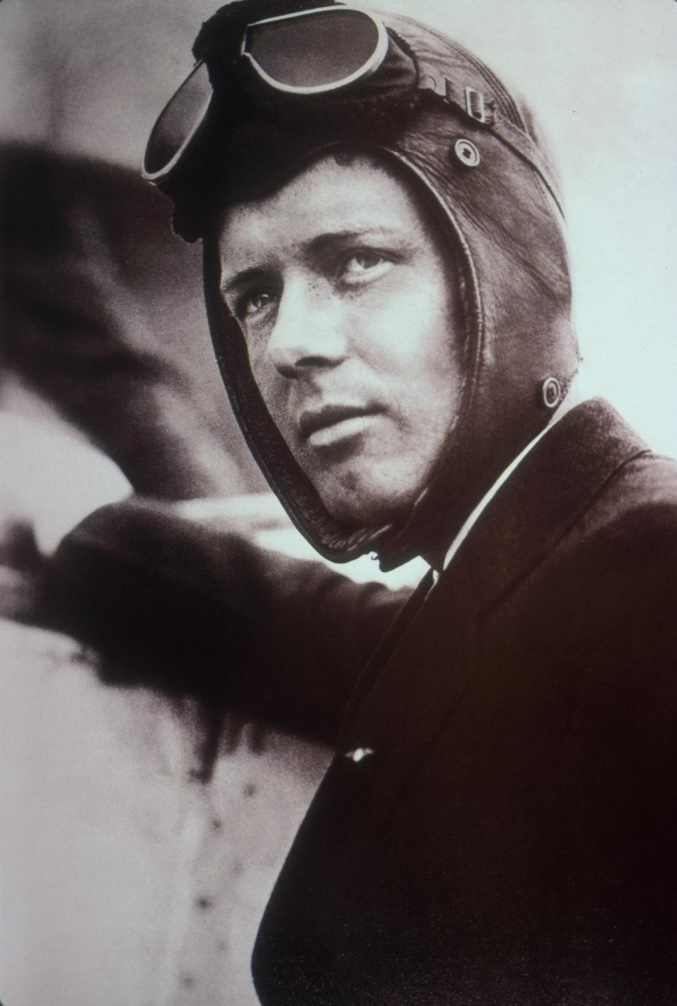
Born on February 4, 1902, Charles Augustus Lindbergh would be 122 years old today. Although mostly remembered as an aviator and U.S. military officer, he had a wide range of interests besides aviation – among them politics and international relations.
A prominent member and spokesman of the America First Committee, Lindbergh was strongly opposed to President Franklin Roosevelt’s foreign policy.
(Photo: Charles Lindbergh as a 25-year old, in 1927 – the year of his historical flight from New York to Paris).
Like many of his contemporaries, Lindbergh believed that Soviet communism was by far the greatest threat to America, and thus advocated a neutral stance toward the NSDAP’s rise in Germany.
This was indeed a very popular opinion among the American public at the time, and easily the majority. The way America had been drawn into World War 1 just a little more than two decades earlier played a major role in this.
Lindbergh later wrote:
“I was deeply concerned that the potentially gigantic power of America, guided by uninformed and impractical idealism, might crusade into Europe to destroy Hitler without realizing that Hitler’s destruction would lay Europe open to the rape, loot and barbarism of Soviet Russia’s forces, causing possibly the fatal wounding of Western civilization.“
Lindbergh died on August 26, 1974. During his life, he had witnessed both world wars (fighting for the U.S. in WW-2, albeit unofficially), the enormous rise of commercial aviation, the first nuclear weapons and the beginning of the nuclear age, the electronics revolution, the Cold War and the split of Europe into a free market Western part and a communist Eastern part, the Cold War’s proxy wars in Korea and Vietnam, the Cuban missile crisis, the culture wars of the 1960s, and the space race culminating in the first manned moon landings.
Almost 50 years have passed since Lindbergh’s death. Today’s world includes the Russian invasion of Ukraine, North Korean saber rattling against South Korea, the People’s Republic of China openly talking about (and practicing) the invasion of Taiwan, Iran’s nuclear ambitions, and the aftermath of the attack on Israeli civilians originating from the Gaza Strip — all of which could easily compound and escalate into a global conflict with the potential for nuclear weapons being used.
I often wonder how, if he was alive today, Charles Lindbergh would judge the contemporary geopolitical situation, and the state of America and Western Civilization, in 2024.



